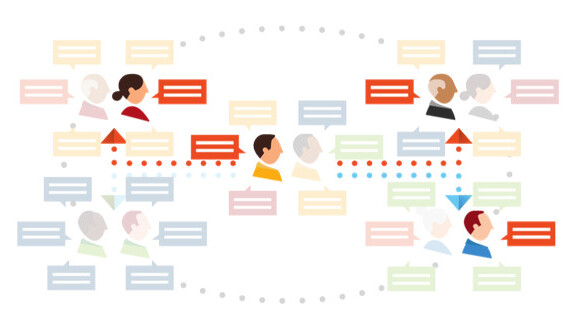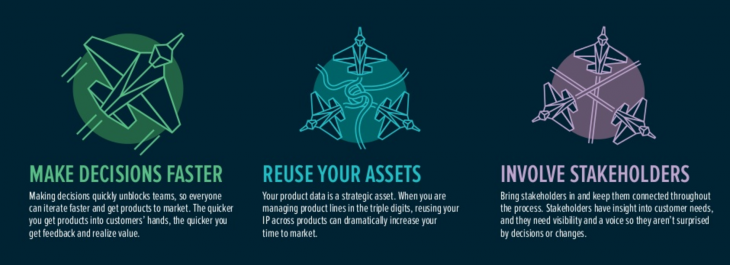
When you’re managing product development for large, complex organizations, employee engagement can be a major challenge. Facing many moving parts to a project, engineers and product team leads have no choice but to focus on what’s in front of them in terms of their specific tasks and immediate deadlines.
At big companies, organizational silos and time pressures exacerbate some of these pain points, and two things end up happening. The first is that people start feeling frustrated because they’re disconnected from the collective mission. The second is that people stop reaching their full potential — which means that talent ends up going to waste.
Even if product development teams want to give more, they feel trapped under artificial glass ceilings. Most companies essentially put blinders on their contributors in an effort to keep them focused on the discrete task, rather than an essential contributor to the overall product.
That’s why companies need to give careful thought to their project management and collaboration strategies to give employees more context — you’ll need something that adapts to your product team’s continuous delivery goals, workflows, and challenges.
To get more from every team member, enable faster and better decision making which makes them feel more engaged in the final product.
Create focus around the big picture
At large organizations, the core mission and vision of an initiative can sometimes become lost in translation and cause engineering teams to disengage when they’re relegated to mere tasks. Even established companies who have committed to constant testing and iterating explain this pain point.
That’s why it’s important to ensure that your product’s big picture is always front and center.
Salesforce engineering teams, for instance, use agile methodologies to deliver 3 major customer releases per year. In Spring 2015, the latest release of Salesforce will be the company’s 196th — but even still, the company faces its own share of challenges.
“If I could point a finger at what I think is our biggest challenge is for engagement, I would point to focus,” says Adam Seligman, VP of developer relations at Salesforce.
“We have so many parts of our business now that, at times, it is difficult for everyone to understand why priorities are set. If not managed, the result can be developers that don’t feel as though they are working on something which makes an impact or is important.”
Build purposeful social circles
In any tech endeavor, moving parts will be inevitable. That’s why collaboration is so important — to achieve ambitious product development goals, organizational leaders need to ensure their teams are on the same page. Otherwise, parts of your product could deviate — significantly — from your original specs.
Don’t let your big, complex project outrun your team.
As the product development process quickly evolves, so must the support system that surrounds it. In addition to choosing new tools, you need to think about new ways of working together. Feedback loops will be the first part of this process. The next layer will be a system called ‘purposeful collaboration.’
“Purposeful collaboration uses familiar constructs like those in social media to connect all stakeholders related to the project, both inside and outside the organization, in a meaningful way,” says Derwyn Harris, co-founder of Jama Software.
The goal is to provide more information to team members in a way that is meaningful and relevant to their specific work. Many so-called collaborative efforts begin with the best of intentions, but then devolve by throwing every piece of information at everyone involved.
The key to mapping out these processes is to determine who will be involved at each stage of the project. For instance, all UX team members may be required to comment on a mockup while only managers have access to functional requirements. Team members can make sure they’re focusing on the right projects and have all the essentially information before moving ahead with no hiccups.
The heart of this purposeful collaboration will be a concept that you’re already familiar with — the circles and groups on the social media channels that you’re already using every day. These workflows are intuitive and efficient in making sure the right people have the right information.
In the case of purposeful collaboration for the enterprise, it connects people and information the work they are responsible for delivering, too.
It can be difficult to create a highly engaged product delivery because – in many cases – it means reworking many of the collaboration processes companies have been using for years. However, a more productive, engaged team that is truly vested in the outcome of the product just might be the difference between success and failure of your next product.
Read next: 5 ways to tackle the complexity of your next big project
Get the TNW newsletter
Get the most important tech news in your inbox each week.






